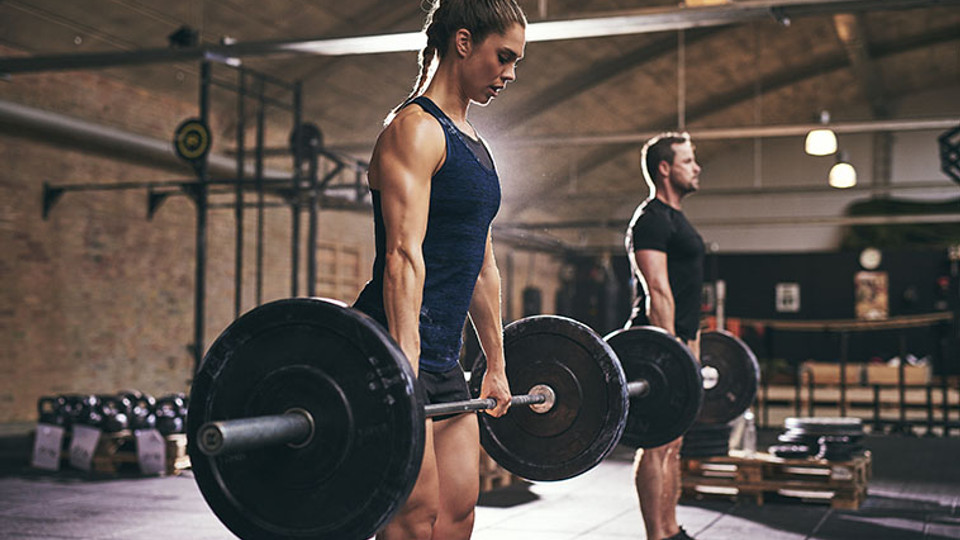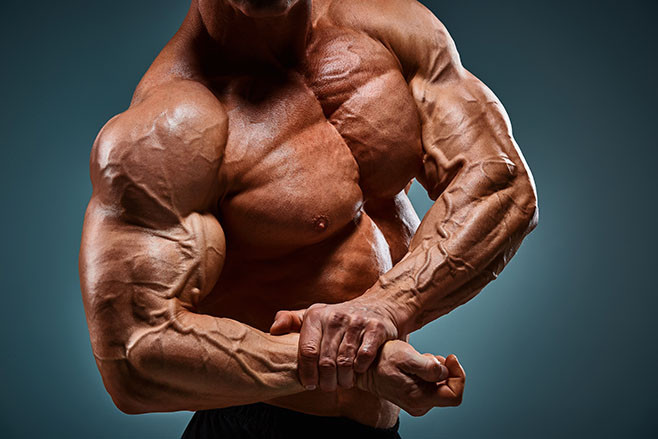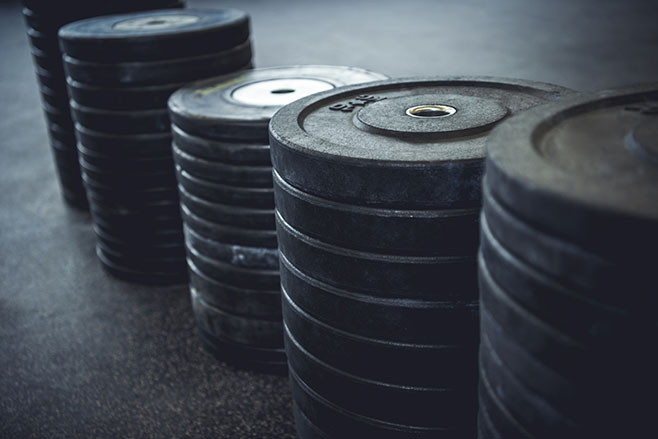
Let’s look once more at Damon Hayhow, founder of Recomp HQ, Australia’s premier body recomposition coaching and dieting facility. As an expert on strength and physique training with a host of successful clients and athletes following his advice, I thought it would be worth delving into his views on what makes good training for maximum muscle growth.
Training for hypertrophy
Hayhow’s training rests on the fundamental view that muscles grow, both in measurable and cosmetic terms, in two ways. Firstly, they grow as the amount of contractile proteins in the muscle itself (the muscle’s tissue) increases. In addition, they grow, and look bigger, due to an increase in the amount of fluid and energy substrates (water and glycogen, for the most part) stored within the muscle tissue.

‘Real’ growth
The first of these is what Hayhow calls ‘real’ growth. By increasing the amount of contractile proteins in your muscles, you are adding muscle tissue. This is important both for aesthetic reasons and for performance. The more contractile proteins your muscles have, by and large, the stronger your muscles will be: they will be able to bring more contractile force to bear and you will be able to lift heavier loads.

This type of muscle growth is elicited as the natural adaptation to training with progressive overload- heavier weights, increasing over time. This is hypertrophy and is the main focus of most strength athletes and bodybuilders.
Fluid and glycogen retention
The second type is still worth mentioning, even though it is not strictly hypertrophy. It can be called temporary growth, as it is more dependent upon the fluid and nutrients currently within your muscle tissue than upon any lasting growth. However, it is measurable and, as any physique competitor knows only too well, it is very noticeable.
If I’m dehydrated, I can easily lose a couple of kilos. Waking up the morning after a heavy training session (deadlifts for singles for instance), will sometimes put me in this state if I haven’t adequately rehydrated throughout the night. My muscles will be visibly deflated and I will look a lot weaker than usual.

As soon as I rehydrate from this state, I go back to normal: my muscles swell and look far more aesthetically pleasing (at least to my eye.)
I wanted to include this type in a discussion about hypertrophy as the training process can have a very pronounced effect on how your body stores and responds to nutrient uptake. Hayhow points out that higher training volume- increasing frequency, reps, sets and so forth- forces increased in energy-substrate storage and production. Under these conditions, your muscles will produce more stored energy to perform the extra work.
However, as Hayhow also points out:
[your body] won’t necessarily get stronger, or produce more contractile protein, in response to training that doesn’t specifically require more strength.
It’s WEIGHT Training, Stupid!
Weight training
Don’t ever underestimate the word ‘weight’ in weight training. For Hayhow, few other variables count as much as weight:
Not ‘technique’; not ‘reps’; not ‘sets’; not ‘days/hours in the gym’. Weight!
As I stated above, your muscles will only grow in real terms- adding new tissue- if you place greater contractile demands on them. This means increasing the amount of weight they are able to lift, by lifting progressively heavier weights.

If you want to grow your muscles, you need to make them adapt in their capabilities to lift more weight. There isn’t much more to it than this, ultimately.
If you don’t find yourself being able to lift progressively more weight, Hayhow would see this as a red flag: you’re clearly not growing any ‘real’ muscle, and something about your programming needs to change immediately.
I enjoy the poetic simplicity of this notion. If you’ve been involved in gym culture or fitness for any length of time, you will undoubtedly have heard all the excuses going for lack of progress, lack of strength, lack of size… but weights don’t lie. You cannot fake more weight onto the bar. Over time, you can chart how well you’re doing by looking at how many plates you’re adding to each lift.
The take-home
If nothing else matters, then your job just got a lot easier. Stop worrying about how your mind-muscle connection feels; stop worrying about chasing the burn at stupidly high rep ranges or getting a pump or zeroing in on the most isolated of isolation moves.

Get stronger at the bench press, the overhead press, the squat, the deadlift, and all their variations. Curl more this month than you did last month, carry more than you could a few weeks ago. This will enable you- force you- to grow.
This is hypertrophy. This is good training for maximum muscle growth according to one of the world’s masters.




